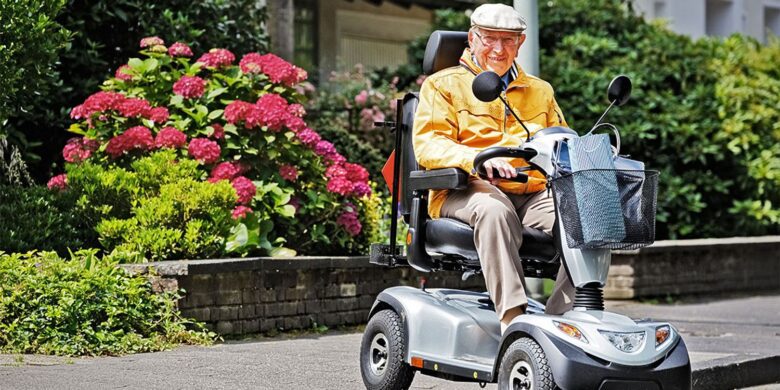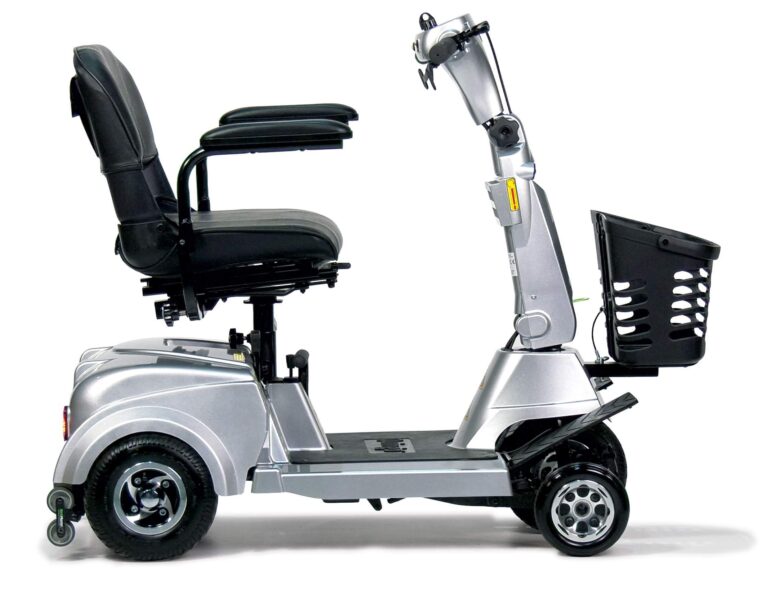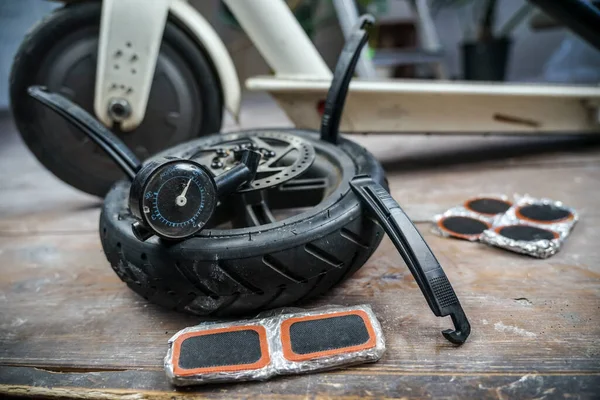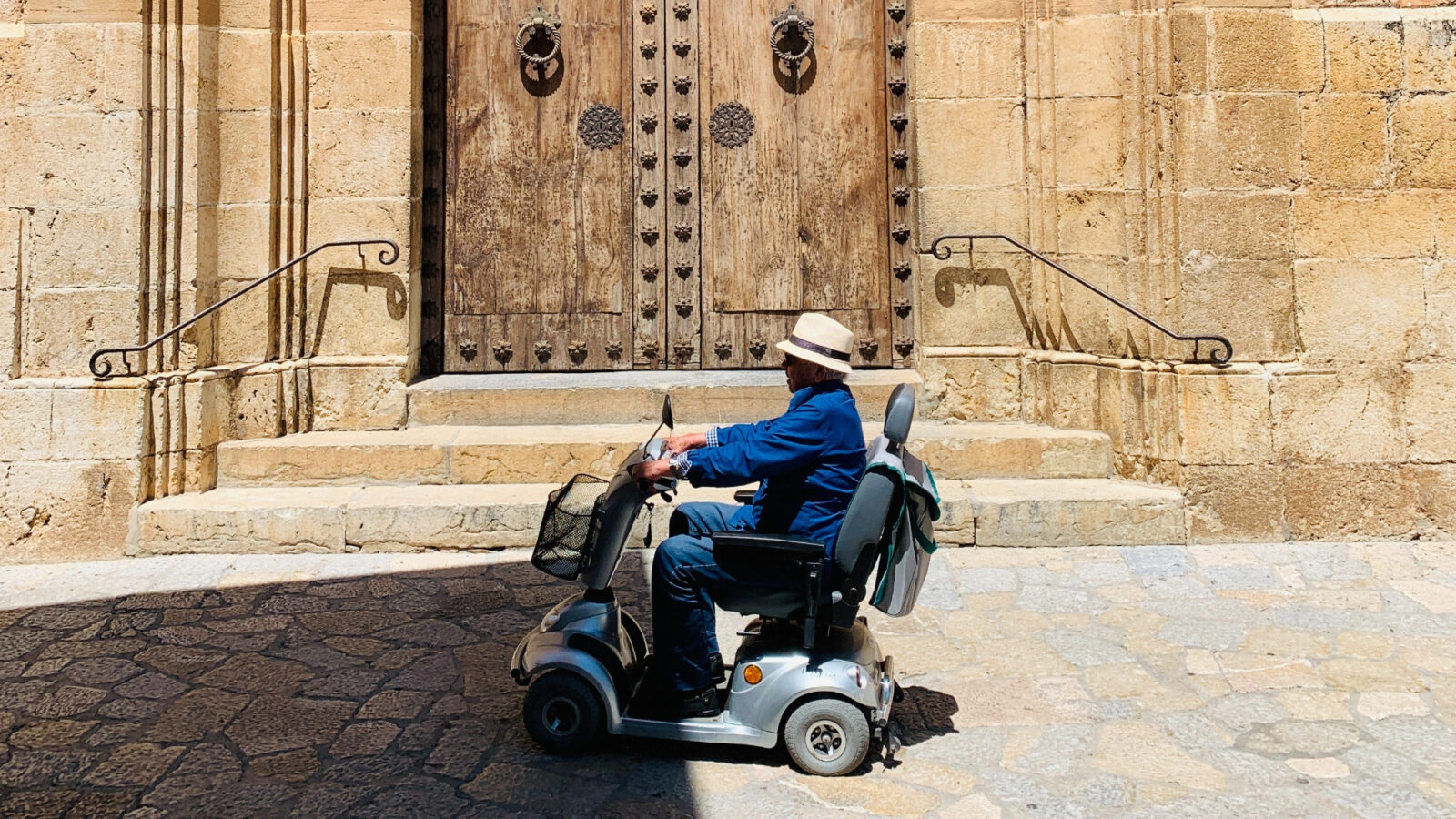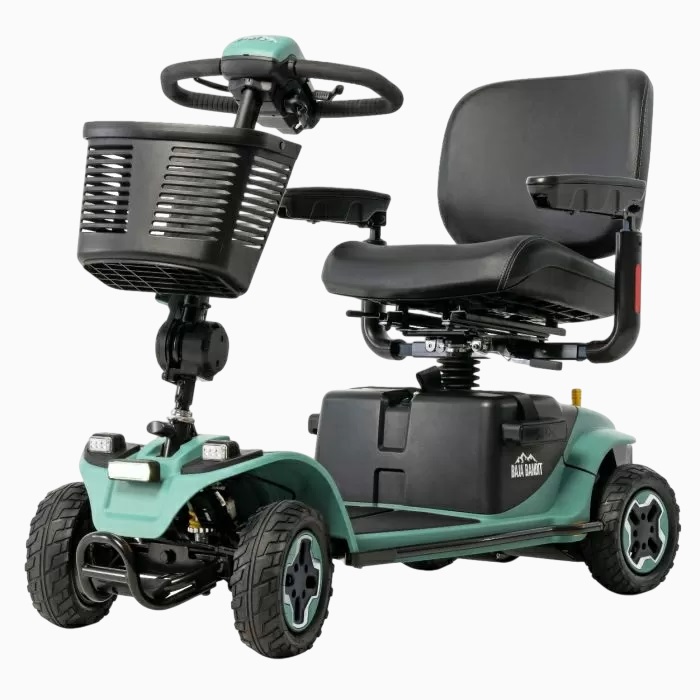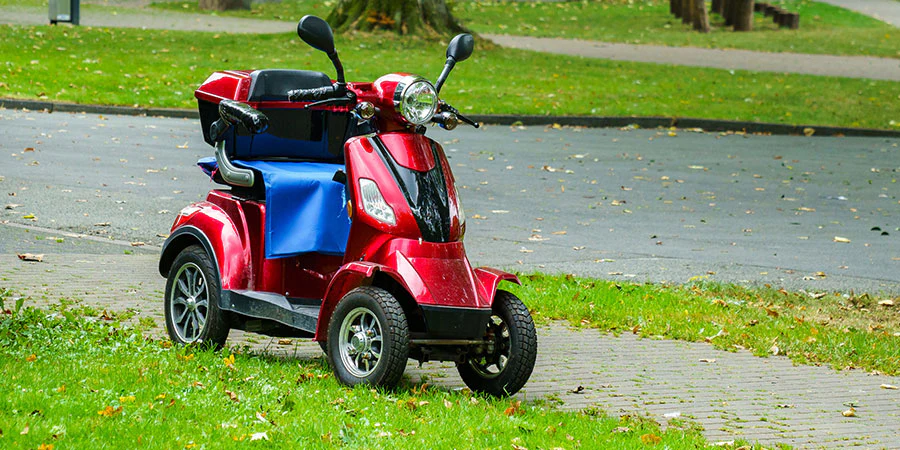Maintaining your mobility scooter isn’t just about keeping it running smoothly—it’s about ensuring your safety and prolonging the life of your vehicle. Regular DIY maintenance can save you money and give you a better understanding of how your scooter works. In this article, we’ll go through some essential maintenance tips that you can do at home to keep your mobility scooter in top condition.
1. Regular Cleaning
Importance of Cleanliness: Keeping your mobility scooter clean is not just about aesthetics; it prevents the buildup of dirt and debris which can impair its functionality. Dust and grime can accumulate in moving parts and electrical systems, leading to potential malfunctions.
How to Clean Your Scooter:
- Frame: Use a damp cloth with mild detergent to wipe down the frame. Avoid harsh chemicals that can damage the paint or finish.
- Wheels: Clean the wheels regularly to remove any dirt or debris. Check for any entangled materials in the wheel bearings.
- Seats and Handles: Use appropriate fabric cleaners for the seat and non-abrasive cleaners for the handles.
2. Battery Care
Maintaining Battery Health: The battery is the heart of your mobility scooter. Proper care is crucial to ensure longevity and optimal performance.
Tips for Battery Maintenance:
- Regular Charging: Follow the manufacturer’s instructions for charging. Typically, it’s best to charge the battery after each use.
- Storage: If you’re not using your scooter for an extended period, store the battery in a cool, dry place. Avoid extreme temperatures.
- Check Connections: Ensure that all battery connections are secure and free of corrosion. Clean the terminals with a dry cloth if necessary.
3. Tire Inspection and Maintenance
Tire Health: Regularly inspect your tires for signs of wear or damage. Properly maintained tires are essential for safe and efficient operation.
Maintenance Checklist:
- Air Pressure: For pneumatic tires, check the air pressure regularly to ensure they are inflated according to the manufacturer’s recommendations.
- Tread Wear: Check the tread depth. Worn-out treads can reduce traction, increasing the risk of accidents.
- Replacement: Replace tires that show signs of significant wear or damage.
4. Brake System Check
Safety First: Brakes are critical for safety. Checking them regularly ensures that your scooter can stop effectively when needed.
How to Check Brakes:
- Visual Inspection: Look for any wear or damage to the brake pads and discs.
- Functional Test: Test the brakes at a low speed to ensure they engage smoothly and firmly. Listen for any unusual noises that might indicate a problem.
5. Lubrication of Moving Parts
Smooth Operation: Keeping moving parts lubricated reduces friction, which can cause parts to wear out more quickly.
Lubrication Tips:
- Use Recommended Lubricants: Check your scooter’s manual for the recommended type of lubricant. Generally, a silicone-based spray is suitable for most parts.
- Focus Areas: Pay special attention to the axles, wheel bearings, and any folding mechanisms.
6. Electrical System Checks
Maintain Electrical Integrity: The electrical system, including wires and connectors, should be regularly checked for any signs of wear or damage.
Checking the Electrical System:
- Inspect Wires: Look for any exposed or frayed wires. Secure them or replace them if necessary.
- Check Connectors: Ensure all connectors are tight and free from corrosion.
Conclusion
Regular maintenance of your mobility scooter can significantly enhance its performance and reliability. By following these simple DIY tips, you can ensure that your mobility scooter is safe, efficient, and ready to go whenever you need it. Remember, if you encounter any complex issues or feel unsure about performing maintenance tasks, it’s wise to seek professional help. Safe riding!

